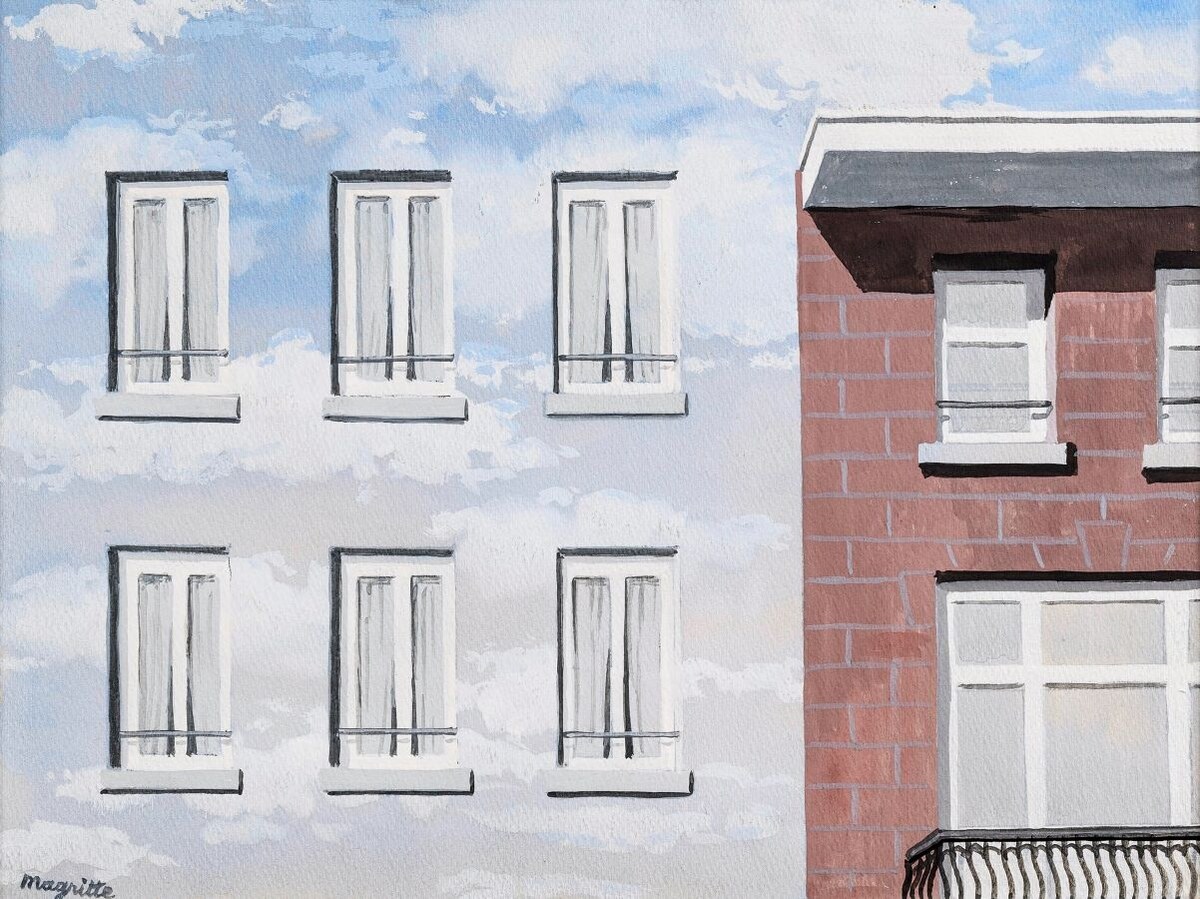DHAHRAN: As part of the Japan Cultural Days event that ends on Feb. 8, the King Abdulaziz Center for World Culture (Ithra) is hosting a Kimono Exhibition, offering visitors an up-close look at these traditional Japanese garments synonymous with the country.
Maha Abdulhadi, creative programs specialist at Ithra, explained the significance of the exhibition to Arab News.

The patterns and fabrics of kimonos often reflect seasonal changes, festivals and artistic aesthetics, further emphasizing their connection to Japanese culture. (Supplied)
“The Kimono Exhibition at Japan Cultural Days is not just a fashion showcase — it (is) a deep cultural experience. It celebrates Japan’s artistic legacy, demonstrates the adaptability of tradition in a modern world, and strengthens cultural exchange between Japan and global audiences,” Abdulhadi said.
As one of the most iconic symbols of Japanese tradition and craftsmanship, the kimono has served as a representation of Japan’s rich cultural identity and its textile artistry, showcasing centuries-old techniques of dyeing, weaving and embroidery, while also demonstrating how contemporary designers have reinterpreted the kimono for modern sentiments.
The exhibition also highlights the significance of kimonos in different celebratory occasions, showcasing how their styles vary depending on the event.

The selection of kimonos was curated by Ithra’s Museum & Exhibition unit. (Supplied)
The patterns and fabrics of kimonos often reflect seasonal changes, festivals and artistic aesthetics, further emphasizing their connection to Japanese culture.
This free exhibition showcases 17 kimonos in total, carefully selected to highlight the evolution of this iconic Japanese attire.
Ten kimonos were loaned from the Japan Kimono Museum in Fukushima. These pieces represent antique kimonos from different historical periods, reflecting the craftsmanship and aesthetic sensibilities of the Meiji (1868-1912), Taisho (1912-1926), and Showa (1926-1989) eras. The Japan Kimono Museum, which opened in 2022, houses the largest collection of kimonos in Japan, with approximately 10,000 items in total, including accessories.

As part of the Japan Cultural Days event that ends on Feb. 8, the King Abdulaziz Center for World Culture (Ithra) is hosting a Kimono Exhibition. (Supplied)
“I would like to add that the design of one of the uchikake kimono displayed from the Japan Kimono Museum is by Kansai Yamamoto, a fashion designer who was active in Paris Fashion Week and other events,” Abdulhadi added.
In addition to the historical pieces, seven kimonos in the exhibition came from a private collector based in Japan, showcasing modern interpretations of the traditional garment.
The selection of kimonos was curated by Ithra’s Museum & Exhibition unit. The curatorial team focused on presenting the evolution of kimonos, emphasizing their intricate dyeing techniques, exquisite craftsmanship and regional styles that tell captivating stories of tradition and heritage.
Beyond being a fashion exhibition, the event as a whole, which began on Jan. 23, was created to foster cultural exchange as the two countries celebrate 70 years of Saudi-Japan diplomatic relations.
























